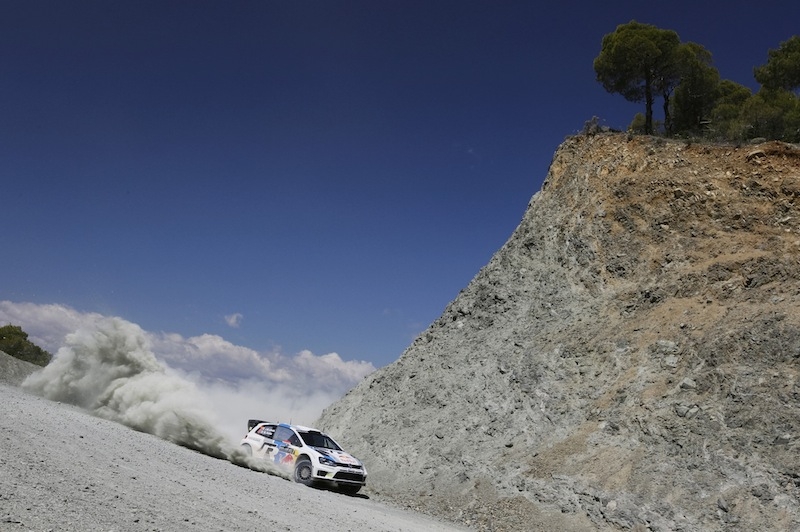In part two of our chat with the Finnish WRC pair, we delve into Sisu, learn how to tackle jumps and deep water, discuss the perfect rally car and get to learn of their amazing car collections.
Photos: Volkswagen Motorsport and JM Latvala Official Fanpage
... Continued from Part one of our interview here.
__________
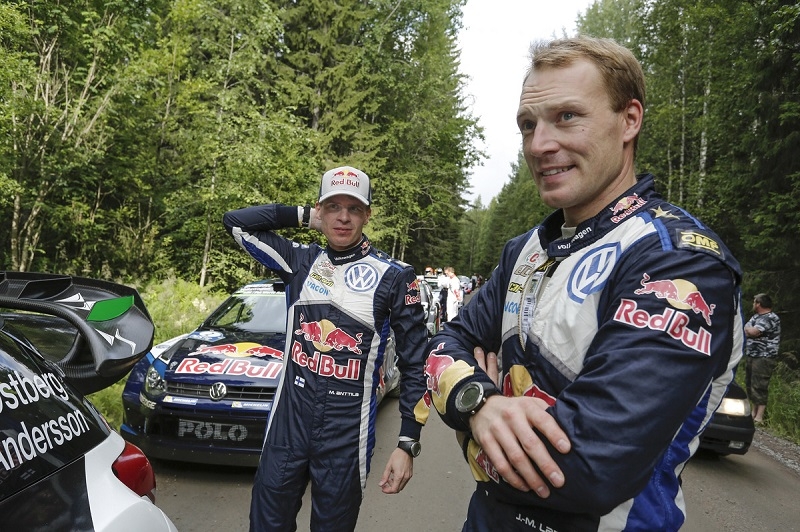
Burnpavement — Jari-Matti, looking through your career, it appears you were never into circuit racing; always rally. Why is that?
Jari-Matti Latvala — It’s because of my father; he was a rally driver and even now is still driving some events once in awhile. So that’s why rallying was always the thing for me. But I have done a 24H race at the Nurburgring, and a couple of race events, but generally its been more to just get the experience, never a serious thing.
BP — Do you see yourself following in the footsteps of say, Sebastien Loeb after your rally career? Making a switch to touring cars or GT cars?
JML — It’s a possibility for sure. It was enjoyable being in a circuit race so I could consider it for sure.
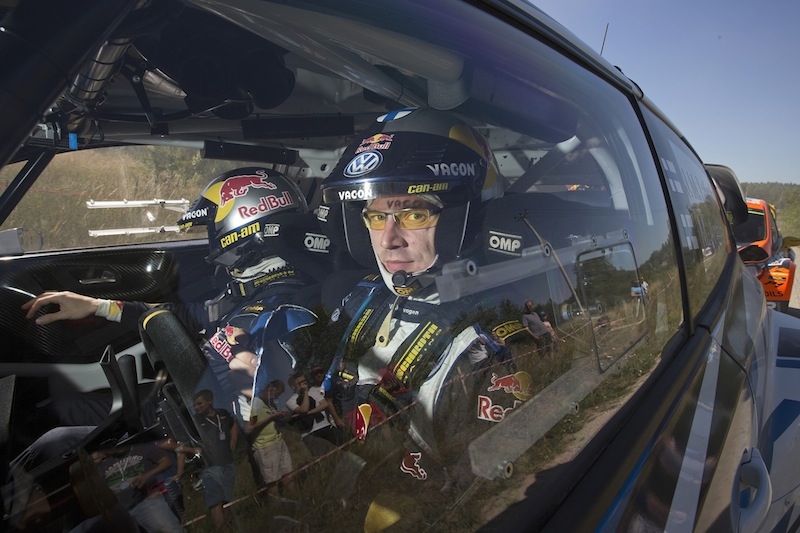
BP — You’re always seen wearing glasses while driving — how does it help and what does it do for you?
JML — I need it for correction; I don’t wear glasses normally because my eyesight is good enough, but I use them in rallies because they improve my vision at long distances. Because my eyes start shaking and losing focus, and then I start braking earlier without glasses. I have been experimenting with different lens colours for different conditions, so for example in sunshine I use orange, when its cloudy I use normal clear lenses, and I have other lenses that cut blue light too.
BP — There are some rallies where the stages are run early in the morning or late in the evening, and the sun picks up all the dust clouds and totally obscures visibility. Do you find that the glasses help with that?
JML — I would say yes. For example in Mexico, you start very early in the morning and when the sun is quite low, it reflects off all the dust and the windscreen, so the glasses do help a little bit with cutting glare. Ok, it’s not a massive difference, but you feel a bit more comfortable.
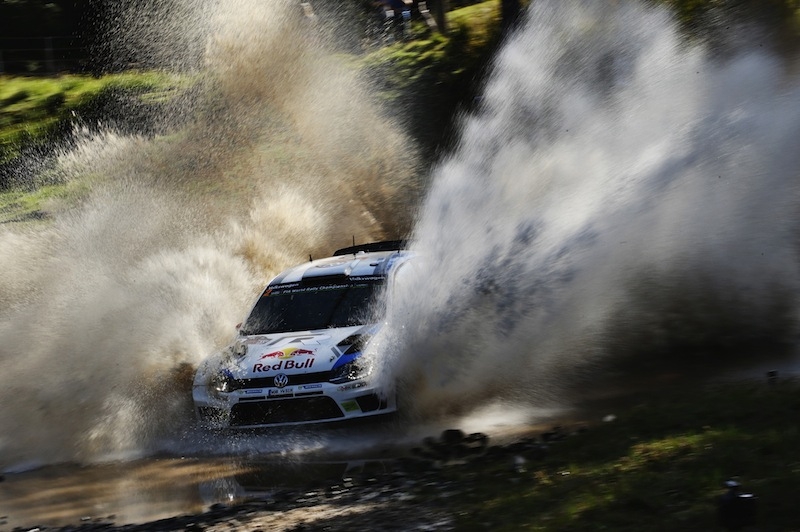
BP — Are there still situations now where you have to do river crossings or go through deep water? And is there a special technique for it or do you just put your foot down and power through?
Miikka Anttila — We do have some rallies where we have to do that but it’s not as much as last time. The technique depends on the crossing. If it is very deep then for sure you will have to brake before it.
JML — The cars also make a difference. Nowadays on the co-driver’s side Miikka has a flap that blocks the air intake so it doesn’t take water into the engine. But still if it’s a heavy one, like one I remember in Mexico, it’s quite easy if you come in too fast for it to take water into the engine and then you feel the engine struggling for power.
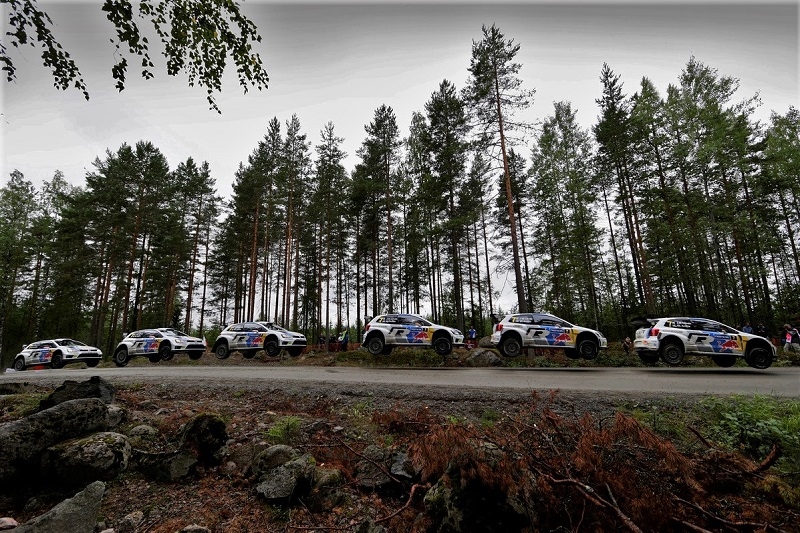
BP — Do the aerodynamics help you a lot on the jumps as well?
JML — Yes, for sure. The angle of the rear spoiler, for instance, will affect how the car will jump — whether the front goes up or it stays more flat. The trick for me normally is, when I am coming up to the jump, I give it full throttle, and then I brake at the same time so I keep the car’s suspension a bit lower just before the jump. But if it’s a big one, then you have to do it this way: brake, one gear down, then full throttle over it. Because if you don’t accelerate, what can happen is it can kick the rear up and you land on your nose.
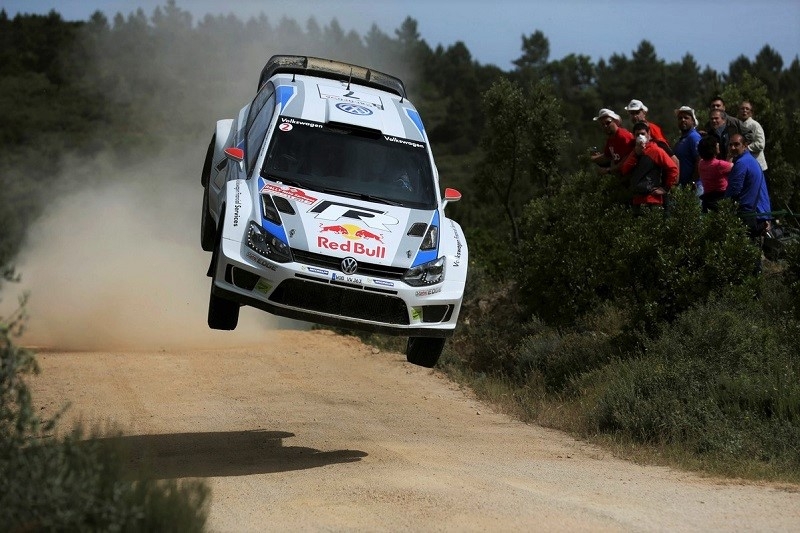
BP — And when you’re in the air, are you still accelerating?
JML — I keep it full throttle. Because once the wheels touch the ground, you need to have the drive straight away.
BP — (to Miikka) And what about you? Do you feel the jump coming?
MA — Of course not, I read from the notes, and in there it says if we need to slow down, or left foot brake before the jump or if it’s flat. For example there is this big jump called the ”Gina” jump in the Panzerplatte stage in Germany, it’s incredible and the best thing is if you just accelerate straight through — if you brake just before that then the car will behave funny.
BP — Which rally has the longest jumps?
JML — Finland. In Sardinia there are a couple of jumps that are higher, but the longest ones are in Finland. I don’t know for us exactly, but I think Sebastien (Ogier) went close to 60m. We were close, but we took it a bit easier this year because it’s better for our backs not to make the massive jumps! Marcus Gronholm said to me that you don’t need to do massive jumps, you can still win the rally if you keep the car close to the ground.
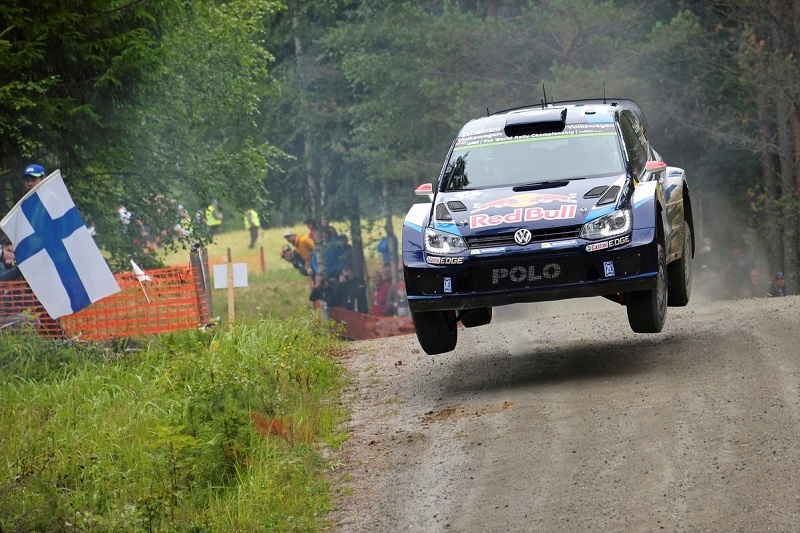
BP — But you also lose speed if you spend too much time in the air?
JML — Yes, well depending on the type of the jump. If the jump is on a corner, there is not much point jumping because if you go too far, you have to turn and you kill the speed. But of course if you have a jump in the middle of a long straight, if you brake and go one gear down you will definitely lose speed. But you don’t lose so much if you jump 10m less; the difference speed-wise is not so bad, but the comfort in the car can have quite a lot of difference. There are places like in Finland where the first time you went you braked only a little, so you think you can go flat, but what happens when you do that is you get a massive jump and it would throw the car, and if you landed on one wheel or two wheels, you can really hurt your backs.
BP — So for the co-drivers do you brace yourselves?
MA — (laughs) The problem is that we have only our notebook and that does not give so much support. Not like the driver where he can hold onto the steering wheel...
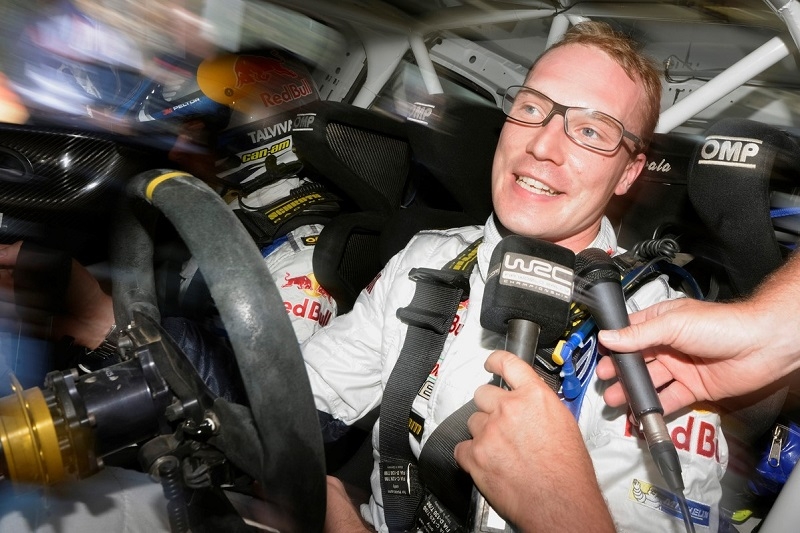
BP — Jari-Matti, at your end-of-stage interviews you always explain in quite a lot of detail what happened in the car. How do you find the energy to say so much after all the tiring stages?
JML — When people ask me about driving or the special stages, my mentality behind it is that I try to explain it in a way that everybody can understand. Because when I was a young boy I was so interested in rallying and I wanted to be a professional rally driver. I wanted to understand it all, and I remember some drivers explaining things to me and I couldn’t understand what they meant. So that is why I try to explain things so that everyone can understand it.
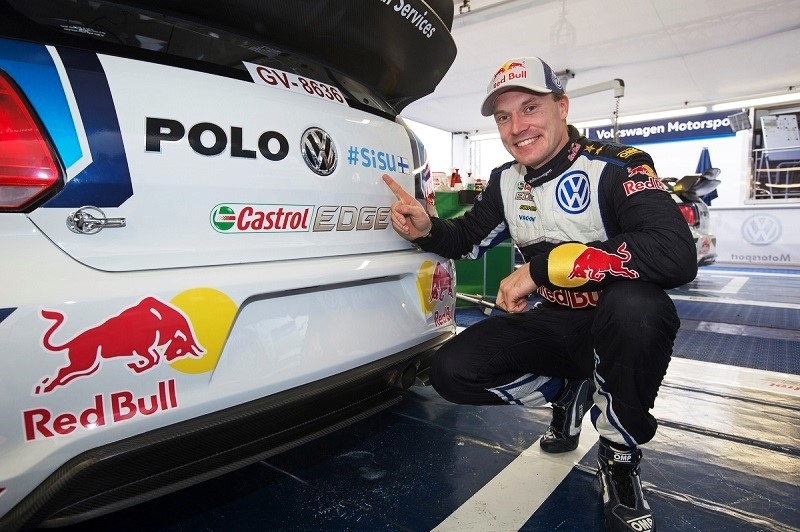
BP — How would the two of you describe Sisu, and is it applicable to daily life?
JML — Sisu? It’s like, if you need to achieve something in your life, you need determination, fighting spirit, and a never-give-up attitude. Sisu comes from, I think during the Second World War when Finland was invaded by Russia, and Finland managed to keep its independence. In those times it’s been said it was done using sisu, so never giving up, and fighting your way to your dream or to achieve something. This is sisu, something coming from inside of you.
BP — So is it this trait or mentality that makes Finland such a dominant force in racing and create so many successful WRC and Formula 1 drivers?
MA - It’s difficult to say, but I truly think that the main reason is that we have the tradition of looking up to people. Basically in your childhood, if you had someone you really admired and respected, you would want to do the same as him yourself. It’s like in countries where football is a big sport, they have good players because the kids see their heroes all the time, so I think this is the biggest reason why Finland has so many good Formula 1 and World Rally drivers.
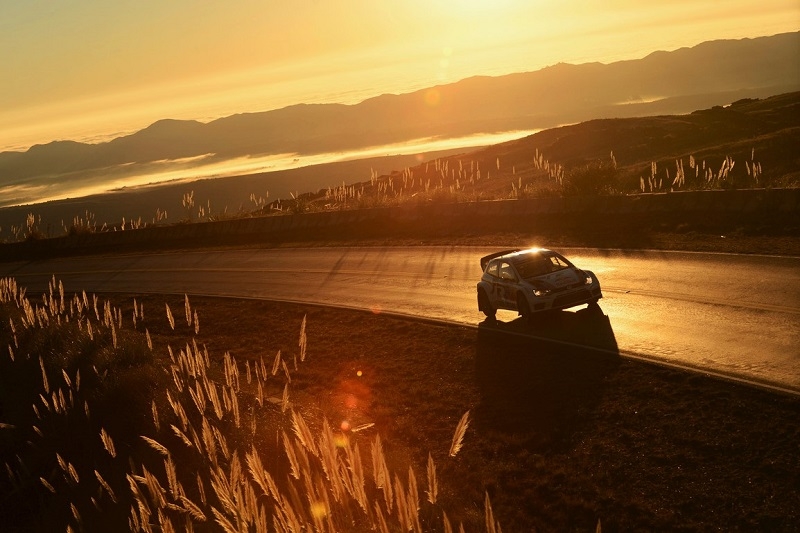
BP — So who were your heroes growing up?
JML — I had two heroes: Henri Toivonen, who sadly died in Corsica in ’86 in a Group B car, and Juha Kankkunen, 4-time world champion.
MA — When I was growing up at home, which was a small farm, Rally Finland — or at that time known as the 1000 Lakes Rally — used the road outside our house as a stage, and there for the first time I met Markku Alén, and I remember back then how colourful he was and how he had like proper hero attributes, and so I remember Markku from those days in 1984…
BP — What’s the difference in psyche between an F1 driver and a WRC driver?
JML — Kimi Raikkonen came from F1 to rally for a couple of years, and we also have Robert Kubica now. You could see that when Kimi came, he had the talent to drive the car, you know he could win the stage; but rallies are so different from Formula 1, where you need to drive different surfaces, and you need to make pace notes. I think for Kimi this was the most demanding job - to learn the notes, to trust the notes, to build the notes so that you can drive with the notes — so I think he would have needed another year or two more to learn this aspect. Formula 1 is a lot more about high speeds, and you work a lot more with the tiny details, but with regards to the level of driving I mean, let me put it this way: we have had F1 drivers go into rally, but we haven’t had rally drivers go into F1… But they are both quite different sports and it takes time to get used to if you do the switch. I think from rallying going into racing cars — DTM for instance — that could work reasonably well I’d say — like Loeb has done with WTCC where he’s in the top three. But you can still see it’s not easy for him to win the title against the guys who are more experienced on that side, they still have the advantage.
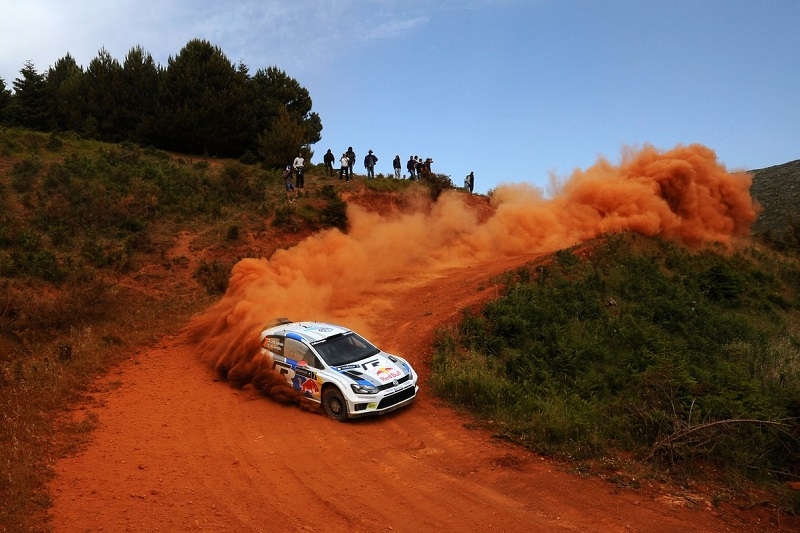
BP — What cars do you guys own?
JML — I have a VW Passat biturbo.
MA — I actually have the same.
JML We both also have VW Golf GTIs; mine is a 1980 and Miikka’s is a 1983.
MA — And I also have a ’92 Polo G40, which is a very rare car in Finland, and a Mercedes 190SL from 1963.
JML — In my collection I have a MkII Ford Escort BDA, I have an Audi ur-Quattro road car, Quattro Group 4 rally car, Quattro A2 Group B rally car, and then an Audi Coupe Quattro. Then I have a ’99 Toyota Corolla WRC car (which we were using back when we were privateers in Finland, but now it’s been completely restored), and then a Sunbeam Avenger (which was the first rally car I ever got), an AE86 Corolla Levin (which I was running when I was 16 years old), and my father has a Ford Escort RS BDA and two Mitsubishis, a Group A Lancer Evo III from 1996, and a Lancer WRC 2002. The Golf GTI and ur-Quattro are completely road cars, in original condition, but the rally cars all have some sort of history, and that’s what’s important to me.
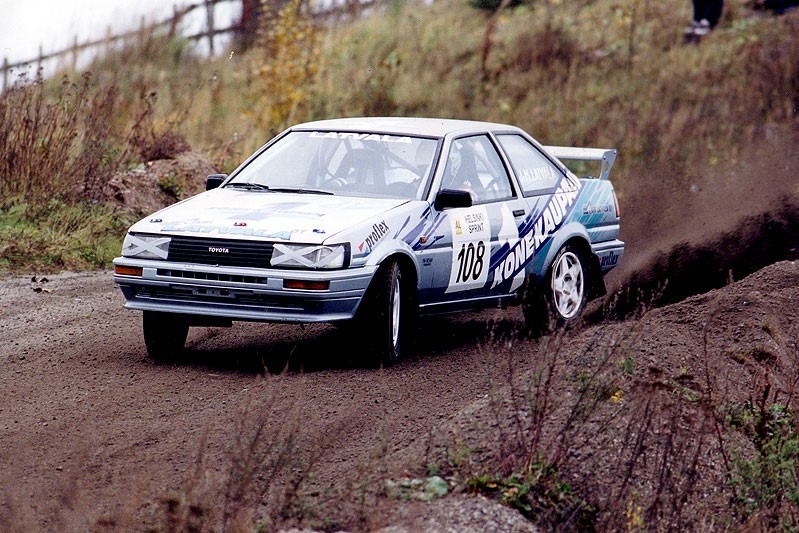
BP — Any plans for a Lancia?
JML — That would be something, actually. Lancias were really big in the ’80s, but they are so expensive at the moment. A Delta Integrale you could probably still get for a reasonable price, but to find a car with history, then I think you’ll have to pay tens of thousands of Euros, probably between €50k-€100k for a Group A Integrale. But then if you go up to the Delta S4, then that’s more like €500k to €1 million.
BP - €500k to €1 million is expensive, but if you talk about cars in Singapore…
JML — Yes I have heard of the car laws here, I think it is incredible that after 10 years you have to throw away the cars, and you don’t get a chance to build up the history of the car!
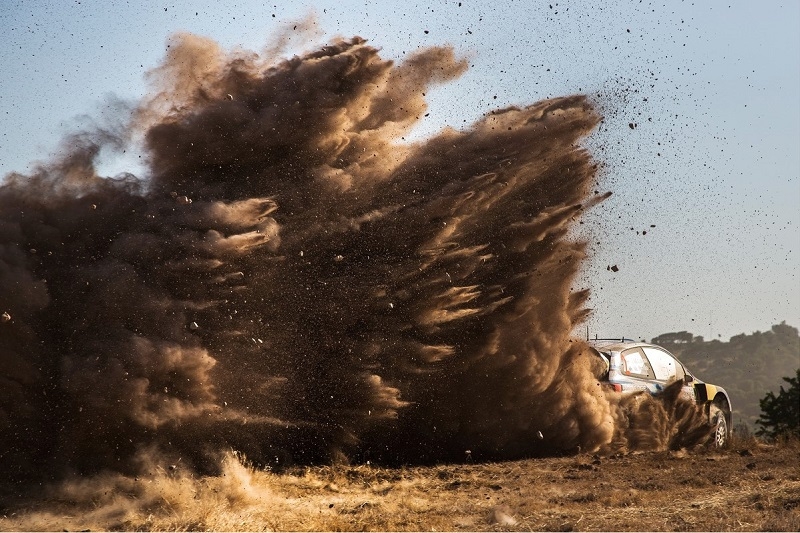
BP — What’s your favourite rally car of all time? Any era, any group, any class, anything except the Polo R.
JML — My favourite is one that I managed to drive last year in Rally Legends, and that is the Audi Quattro S1, the one with all the big wings and scoops.
BP — Was it everything you thought it would be?
JML — Yes, it was what I was expecting. But I was surprised because I thought in road traffic it would be very difficult to drive, but it actually it was quite easy, especially the clutch. But when you push the throttle, the power comes once and it comes hard
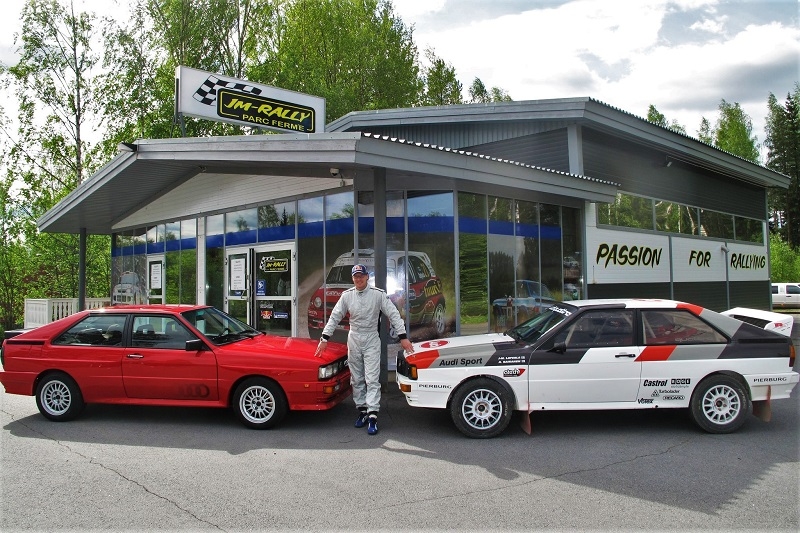
BP — Apart from increasing the noise volumes from the cars, are there any other changes else you’d like to see to rallying?
JML — Well one thing that I would like to see — we are in a situation now that we don’t have so many services in a rally anymore — so what I would like to see in the WRC is for teams to have more services. Because what is exclusive to rally is that people can get so close and see when the mechanics are working on the cars; unlike in F1 where you cannot go into the pits. Now we are seeing less and less services, so I would like to keep it going more often. If not for us, because it does involve more effort, but just for the fans. We build these massive service parks at each rally, but each day we leave at 6am, visit at around 1pm and only come back at 8pm, so there are very long periods where there is not much for people to get excited about.
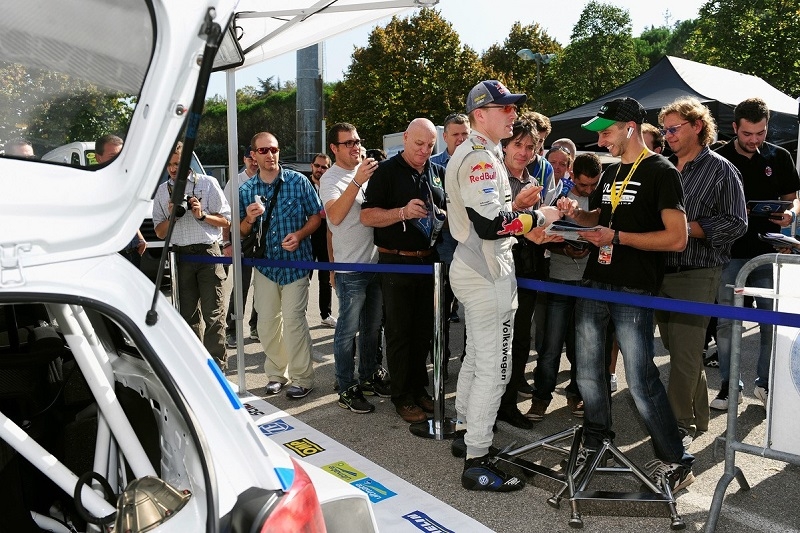
BP — And finally, if you could design your own ideal rally car — any drivetrain, any engine, any layout, what would it be?
JML — Interesting question. If I think about the fans and how we need to keep it spectacular, then it would be naturally aspirated engines with very high revs, rear wheel drive, maybe with a dog-box, or something where you use a normal lever but without the clutch; something a bit more old school.
Either that or what I’ve been running with the Audis: turbo cars with four wheel drive, with a very big turbo and anti-lag. Basically I would make them more difficult and challenging to drive. The cars nowadays are fantastic, the suspension and everything is great, but it is too easy. It would be great if you had to fight more with the car. And then of course it would need to have big flames coming out the back!
